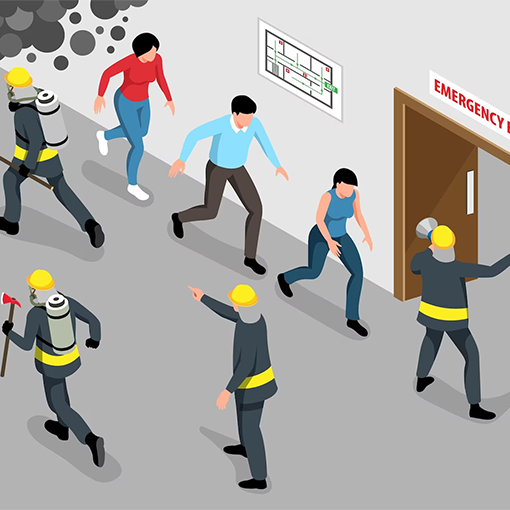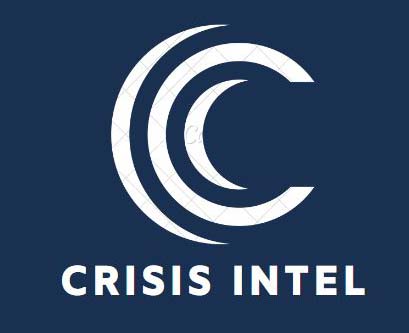Emergency Planning
and Preparedness
Effective emergency planning and preparedness are critical for minimizing the impact of disasters and ensuring the safety of individuals and communities. This involves a range of proactive measures and strategies to be prepared for emergencies. Here are some key aspects:
Steps for Creating an Emergency Plan:
Developing an emergency plan is essential for individuals, families, and organizations to effectively respond to various emergencies. The steps involved in creating an emergency plan may include:
- Conducting a risk assessment to identify potential hazards and vulnerabilities in the local area.
- Establishing clear emergency communication channels and contact information for family members, employees, or relevant stakeholders.
- Defining roles and responsibilities of individuals or teams during emergencies.
- Identifying safe meeting places and evacuation routes.
- Outlining procedures for sheltering in place or evacuating, depending on the nature of the emergency.
- Regularly reviewing and updating the emergency plan as needed.


Developing Evacuation Procedures:
In situations where evacuation is necessary, having well-defined evacuation procedures is crucial for a safe and organized process. Key considerations may include:
- Identifying evacuation routes and assembly points.
- Establishing protocols for notifying individuals or communities about the need to evacuate.
- Addressing specific needs of vulnerable populations, such as individuals with disabilities, elderly individuals, or pets.
- Coordinating with local authorities, emergency services, or transportation agencies to ensure a smooth evacuation process.
- Providing guidance on what to bring, such as essential documents, medications, and personal belongings.
Stockpiling Emergency Supplies:
Having an adequate supply of emergency essentials is vital during and immediately after a disaster. Key items to consider stockpiling may include:
- Water: Sufficient clean drinking water for each individual, with a recommended amount of one gallon per person per day.
- Non-perishable Food: A supply of non-perishable food items that can sustain individuals for several days, such as canned goods, energy bars, and dried fruits.
- First Aid Kit: A well-stocked first aid kit containing essential medical supplies and medications.
- Flashlights, Batteries, and Portable Radios: Essential items for communication and illumination during power outages.
- Extra Clothing and Blankets: Additional clothing and blankets to stay warm in case of extended power outages or exposure to harsh weather conditions.
- Personal Hygiene Items: Basic hygiene supplies, including toilet paper, hand sanitizer, and personal care products.
- Cash and Important Documents: A small amount of cash in case of limited access to banking services, along with copies of important documents stored in a waterproof container.

